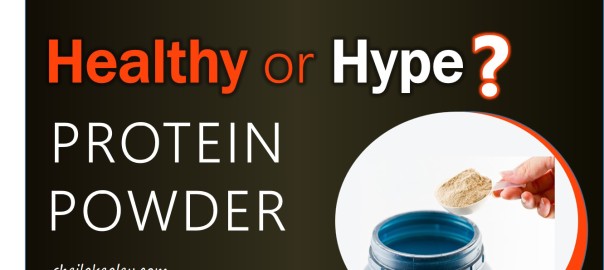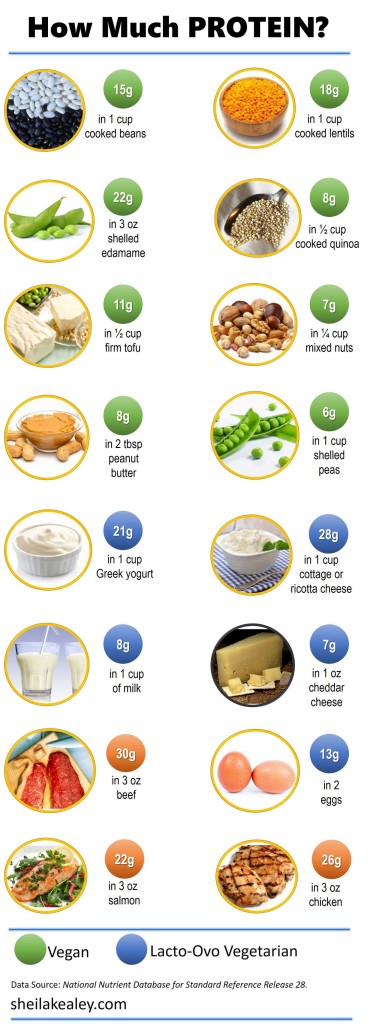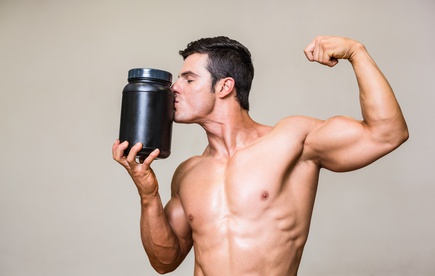 The protein powder market is growing. Once primarily the realm of body builders (and sold in big tubs displaying pictures of big muscles), protein powders are now cleverly marketed to various demographics and available at most supermarkets. This wide availability and targeted advertising is prompting many to wonder if they need a protein supplement.
The protein powder market is growing. Once primarily the realm of body builders (and sold in big tubs displaying pictures of big muscles), protein powders are now cleverly marketed to various demographics and available at most supermarkets. This wide availability and targeted advertising is prompting many to wonder if they need a protein supplement.
Here’s a look at the evidence.
What Are Protein Powders?
You’ll find quite the variety of protein powders. Generally protein powders are highly processed products: most contain isolated protein from one or more of a variety of sources (e.g., milk, soy, pea, hemp, etc.), and are typically fortified with vitamins and minerals, and often have other ingredients added to help them taste better, mix easily, and keep stable for a long shelf life (thickeners, stabilizers, artificial colors and flavors, fats, sweeteners, carbohydrates). Protein powders can be quite expensive.
The Claims
 The longstanding and popular claim of protein powders is that they will help you build muscle. But many powders promise other benefits that include losing weight, gaining weight, delivering quick energy, boosting immune system health, fighting aging, helping wound healing, controlling food cravings, and stabilizing blood sugar.
The longstanding and popular claim of protein powders is that they will help you build muscle. But many powders promise other benefits that include losing weight, gaining weight, delivering quick energy, boosting immune system health, fighting aging, helping wound healing, controlling food cravings, and stabilizing blood sugar.
How Much Protein Do You Really Need?
Because protein powders may be supplementing your diet with additional protein, it’s important to consider how much protein your body needs. The amount of protein that you need depends on your age, weight, and how active you are. The Recommended Dietary Allowance for protein is 0.8 grams per kilogram per day (or 0.36 g per pound) for adults; children need more because they are still growing. This works out to about 45 g/day for a 125-lb (57 kg) adult, 55 g for a 150-lb (68 kg) adult, and 65 g for a 180-lb (82 kg) adult. But research shows this estimate might be on the low side, particularly for athletes and older individuals.
- Athletes, especially those engaged in intense training or strength training, have higher protein requirements. Athletes need more protein than sedentary people because they have a greater lean mass and a greater need for muscle growth and repair. The table below shows estimated protein requirements for athletes.
- Experts believe older individuals should be consuming at least 0 to 1.2 g/kg/day to help preserve muscle mass, and this recent study in adults 52-75 years of age suggests that 1.5 g/kg day is necessary to build and maintain muscle.
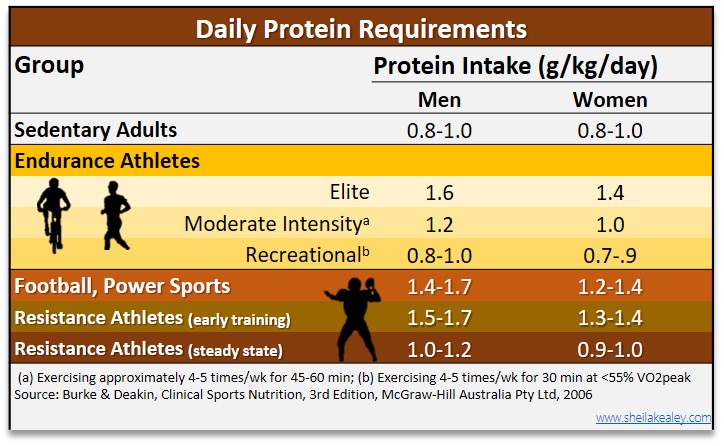 The Evidence
The Evidence
Muscle growth and repair is a fascinating and critical area of research. Studies typically use a specific type of protein supplement or powder, which is necessitated by the research design to carefully control the exact substances, dose, and types of amino acids ingested. It is not really as practical or easy to compare with other research if your subjects are eating turkey sandwiches or yogurt to get their protein.
Some of these studies suggest that whey protein, a rapidly digestible protein found in milk and milk products, might have an edge on other protein sources for muscle building and repair. Whey is also a good source of three essential amino acids thought to be important for repairing and building muscle (the branched chain amino acids leucine, isoleucine, and valine). But you can find these amino acids in many common foods like milk, tuna, turkey, edamame, or cottage cheese (to name just a few).
Here are some important things to consider when looking at protein intake:
Research has shown that people need about 20 to 30 grams of protein at a time for optimal muscle building and repair processes: ingesting more than that or large amounts of protein at one sitting doesn’t help muscles, as it’s not “saved for later” like carbohydrates or fat are, but is used for energy or stored as fat. So, a protein shake that contains this 20 to 30 g of protein can help this process, but isn’t necessarily better than real food (and isn’t needed in addition to actual food).
Distributing protein intake throughout the day is important. Studies show that most people are getting enough protein in their day, but don’t consume enough in the morning, and eat two to three times the amount they need at dinner. For optimal muscle growth and repair, three to four meals or snacks a day that contain 20-30 grams of protein is best. A protein powder might help you increase the protein content of your breakfast (e.g., mix into a smoothie or oatmeal), but again, you can do this with real food.
No research has shown that protein powders or supplements are better for health than a diet that gets adequate protein from regular foods.
Convenience
It’s hard to argue against the convenience of protein powders over foods. They are portable, with a long shelf life, and often just need to be mixed with a liquid. Some powders can easily transform a low-protein breakfast into a more balanced meal with adequate protein intake. But with a bit of effort, they aren’t entirely necessary, especially if you aren’t traveling and are in your own kitchen. For example, here are two smoothie recipes (that would work well in the morning or post-workout) that have a few simple ingredients and more than 20 g protein without protein powders.
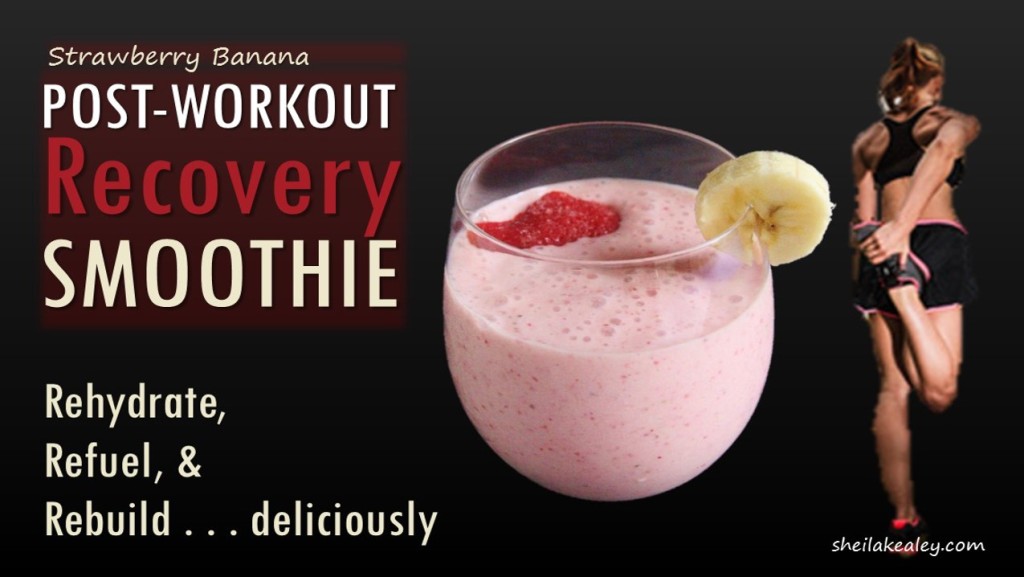
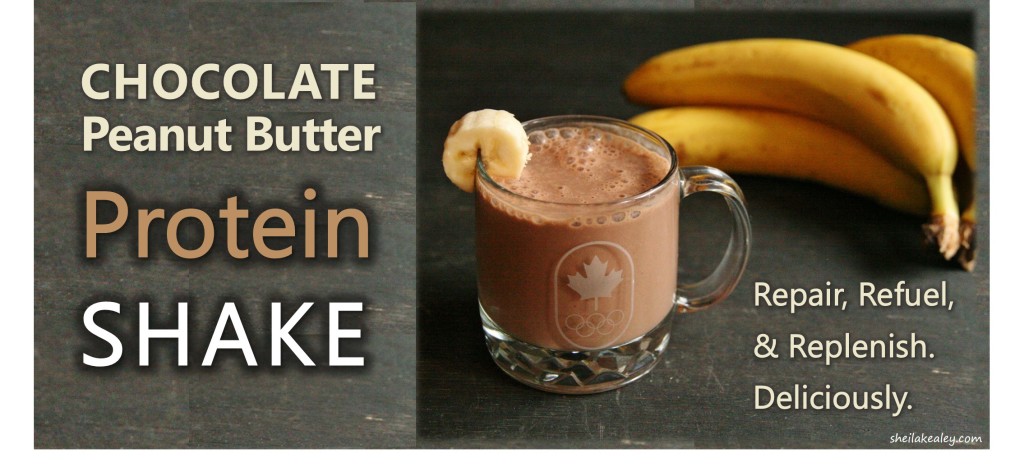 Are Protein Supplements Safe?
Are Protein Supplements Safe?
Protein powders are considered a supplement, which means that in the U.S. they aren’t regulated by the Food and Drug Administration. This lack of regulation could mean questionable safety, purity, and strength and unsubstantiated health claims. Although most products are likely safe, independent laboratory reviews do raise questions.
- A ConsumerLab investigation found that 31% of the products tested failed the quality tests (didn’t contain what was on the label, and/or contained contaminants).
- A Consumer Reports review of protein powders and drinks found that most contained contaminants including arsenic, cadmium, lead and mercury; although most levels were low and not of concern, 3 out of the 15 products tested showed levels that could be harmful if consumed according to product dosage (3 servings/day).
- A CBC Marketplace investigation shows evidence of “spiking,” a process where manufacturers add inexpensive fillers (often nitrogen-based compounds) that are only detected by specialized testing (simple tests “count” these compounds as protein).
- Case reports have described liver injury associated with whey protein and creatine supplement use and soy supplement use.
Besides contaminants that you don’t know about, most protein powders come with extra ingredients you probably don’t need, such as vitamins, minerals, herbs, or other special added ingredients.
Can’t You Get Your Protein from Real Foods?
Of course you can! In fact, most people exceed the recommended daily intake for protein from foods alone (on average, Americans are eating about 82 grams of protein a day) . Not only is real food more delicious, in many cases it will be less expensive and more nutritious. Engineered and processed foods like protein powders often lack fiber and other protective nutrients found in whole foods. Here’s an example of how an average-sized endurance athlete (70 kg/154 lbs) can get the protein they need in a day. Note that this food intake is on the low side, as an athlete this size would typically be eating more calories than this, leading to a greater protein content (the table excludes several foods including fruits and vegetables, that contain small amounts of protein).
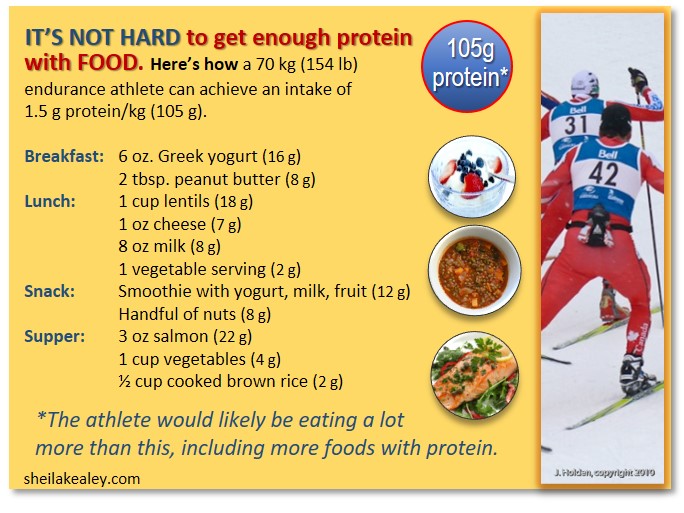 What Are Good Sources of Protein?
What Are Good Sources of Protein?
It’s easy to get caught up in looking for the foods with the most protein, or for foods containing specific amino acids, the best protein for muscle building, etc. I can hear the protein powder devotees and manufacturers saying “but these foods might not contain the perfect amino acid balance for muscle building” or similar thoughts (and actually, some of these foods are perfect for muscle building!).
But for optimal health, it’s important to look beyond a food’s amino acid composition and total protein content: the entire food package is important: consider the important nutrients or protective compounds that you’re getting (or not getting!) along with the protein.
- MILK & MILK PRODUCTS have the added benefit of calcium
- MEAT provides iron and zinc
- FISH and SEAFOOD are also a good source of the anti-inflammatory omega-3 fats
- LEGUMES are rich in fiber and other protective phytochemicals
- TOFU and other traditional soy-based foods like tempeh are a healthful source of protein
- NUTS contain fiber, healthy fats, and other protective compounds
How Much Protein?
This infographic gives you an idea of how much protein various foods contain. I’ve expanded on non-meat sources since they vary so much, but you can expect about 22 g – 30 g for cooked beef, fish, or poultry.
Bottom Line
- Your first option for protein should be real foods like beans, legumes, meats, and dairy, because these foods offer other important nutrients that your body needs.
- Most people are already eating more than the recommended amount of protein through their diet and don’t need protein powders or protein supplements. Even body builders can meet their protein needs with real foods.
- If you’re after strength, the most potent stimulus for muscle growth is effective strength training, and not ingesting extra protein. Eating more protein than your body needs doesn’t lead to bigger strength gains.
- Protein powders are not a magic potion for building muscle or recovering quickly from a workout. They are best viewed as a convenient substitute for protein from real foods, not a mainstay of your diet. If you are buying a powder, look for one with a short ingredient list without added vitamins, minerals, and few other additives.
Other Foods in the Healthy or Hype Series . . .
- Agave Nectar
- Almond Milk
- Buttered/Bulletproof Coffee
- Veggie Chips
- Chocolate Milk for Recovery
- Coconut Oil
- Turmeric
